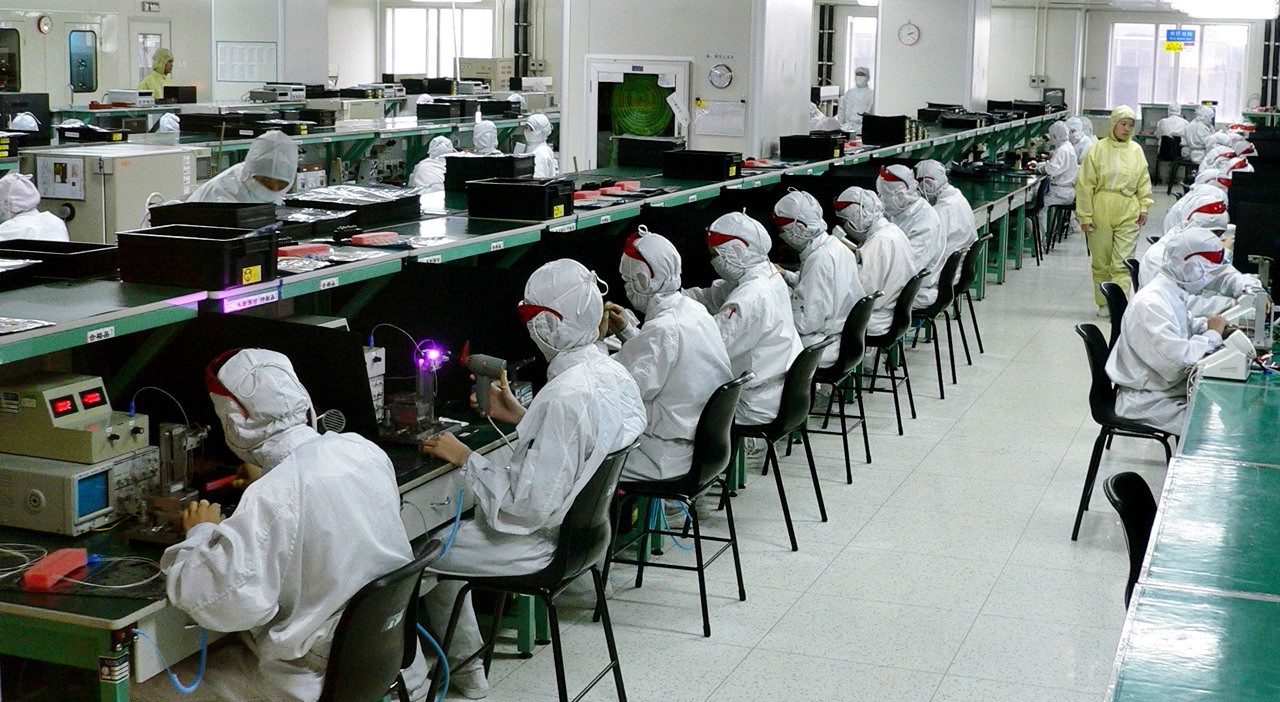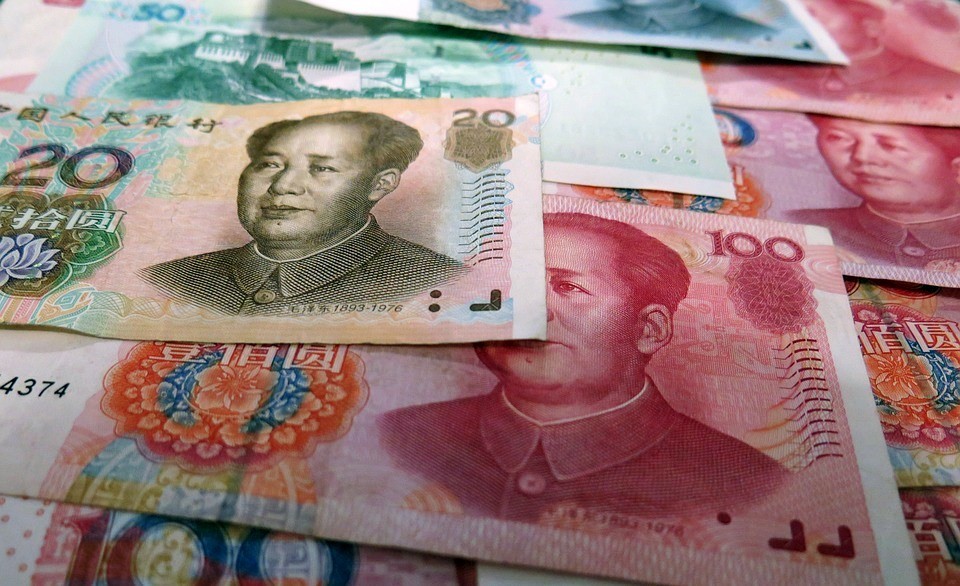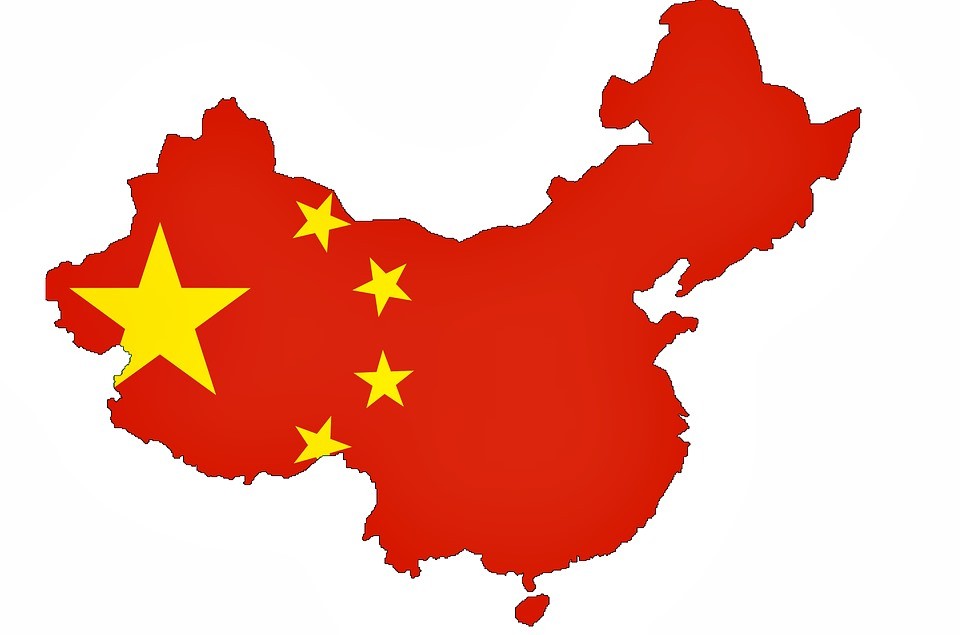Social Media
China’s Takeover and Assimilation of Tibet

Efforts on the part of the People’s Republic of China to consolidate its control over Tibet continues unabated.
The new Qinghai-Tibet railway (which makes use of BSP cars manufactured by Bombardier), is a political move geared toward strengthening Chinese influence and control over Tibet. The political scheming behind the project is underlined by the skepticism expressed by Chinese president Hu Jintao about the tourist value of the railway.
The Western China Development policy, is another aspect of Beijing’s reach. The policy will be used to justify the creation of infrastructure in an effort to extend PRC control over Tibet, rather than make any concessions to the “Middle Way” solution being proposed by Dharamsala-based Tibetan government-in-exile.
China’s claims to Tibet are frankly outrageous and without justification. Many Western countries have a history that includes external political influence, military invasion, even temporary occupations – yet in almost every case in the post-WW2 era these nations have maintained their independence and territorial integrity. When hostilities have been pressed with evidence of atrocity – for example Serbian aggression in Kosovo – the international community has refused to endorse such illegal nationalistic adventures. So how come the illegal occupation of Tibet and the cultural genocide that preceded it has only received muted criticism?
Quebec was recently given recognition as “a nation within Canada” by the Canadian government, based upon markers related to ethnicity, language and heritage. On such criteria alone Tibetan society is clearly distinct.
Back in the mid-20th century Tibet’s language, culture and most importantly its highly evolved spiritual tradition, made it as different from Mao’s China as night is from day. The Chinese invasion of 1949 was a flagrant land grab and violation of international law.
The arguments offered by China to claim ownership of Tibet are flimsy at best. They try to establish a historical basis for their claim by referring back to the Manchu dynasty and by citing relationships between Chinese rulers and Tibetan lamas. This is a bit like saying that as a result of historical Anglo-Irish connections (that included ownership of Irish land), British diplomatic influence and military victories in Ireland – the UK should have the right to annex the Republic of Ireland. A proposition that is so outlandish under international law it would rightly be laughed out of court.
I’m not overlooking the fact that at various times in its history, the territory that more or less makes up the plateau of greater Tibet did in fact fall fall under Chinese influence of one form or another – but this argument can’t be used to justify the wholesale occupation of Tibet.
Although the Middle Way Approach proposed by the Tibetan government-in-exile stops short of demanding independence for Tibet and only seeks regional autonomy, the reaction of PRC authorities has been hostile in the extreme. The PRC secretary of Tibet, Zhang Qingli, epitomizes this aggressive approach. He recently described the Dalai Lama as “a false religious leader” and even went so far as to liken China’s struggle with him as “a fight to the death”.
As a consequence of the leadership shown by the Dalai Lama, a new sense of Tibetan unity has been forged among the large number of Tibetans living overseas. These are not only Tibetans from the central province of U-Tsang that was placed under Beijing control in 1951, but also Tibetans from the provinces of Kham and Amdo.
It is little wonder this unity is being forged in the Tibetan emigre community when you consider how the Chinese accomplished their ambitions within Tibet. The invasion was marked by atrocities that some international observers have likened to genocide.
Following the Tibetan uprising of 1959, roughly 80,000 Tibetans were killed in Central Tibet alone. All told, it is estimated that 1.5 million Tibetans died as a result of Chinese repression that included summary executions without trial and torture.
The damage to Tibetan society was staggering, and included the desecration of the rich Buddhist heritage that was one of the greatest gifts of that society to the human family. The Chinese military destroyed religious art and statuary. They turned sacred sites into war zones, employing heavy guns to destroy thousands of monasteries. Priceless literature and art was plundered and either destroyed or sold.
The Nazis have long since paid the price for precisely this type of ruthless occupation. Yet the Chinese government, far from offering a comprehensive apology, reparations and political concessions – seeks to further consolidate its power in Tibet at the expense of a people and a culture it has all but destroyed under the eyes of the international community.
The fact that China is an emerging superpower and holds billions in foreign debt, has the effect of silencing a lot of critics who are prepared to give it a pass irrespective of criminal violations of the very worst sort. Violations that are simply being whitewashed by Beijing.
The people of Tibet have a right to self-determination and the international community should press this right by insisting on a justly administered plebiscite to determine their democratic will.
Social Media
The Phantom Growth of China's Ghost Cities

Bloomberg has a new video series out called "China's Ghost Cities."
The reporter, Adam Johnson, describes how the Chinese government is building massive cities that no one lives in yet. The expectation is that China is going to "grow" into these cities.
A remarkable idea, really. The authoritarian planners in Beijing or where decide it would be good if, say, a million people or more could relocate to a pre-planned area.
Then they build out the infrastructure – or rather the entire metropolis, skyscrapers, stops and all – and wait.
Stop for a moment and ponder how nutty this is. The last time your editor checked, central planning was not a huge success. According to history, bureaucrats wielding directives over long distances tend to allocate resources poorly.
But are ghost cities a recipe for a bust? Some say no. The Bloomberg reporter, for instance, assures us that China's economies are different – that is to say, "it's different this time." (Where have we heard that before …)
It is supposedly OK that these ghost cities, built for millions of refugees, have only tens of thousands of people living in them – because all that deserted square footage will eventually be put to good use.
As a bonus, building ghost cities is great for economic growth.
Via running superhighways out to the middle of nowhere, erecting steel and glass towers in the boondocks, China generates new jobs in construction, civil engineering, city planning and the like. All this construction looks fabulous on paper. The ghostly infrastructure gets counted as productive output, and the super-aggressive GDP target is maintained.
But what is wrong with that picture?
For one, there is the central planning problem. Growth and development are free market forces, with signature marks of trial and error. Successful cities are built from the ground up, not decreed by bureaucrat stamp. So how does the government know where a new metropolis should go, or what its optimal size should be?
Then you have the accounting problems. Should the promise of tomorrow be so read reflected on balance sheets today?
Imagine if a public corporation said, "We are going to grow 20% per year by building idle factories in the middle of nowhere, that no one is going to use for quite some time. will show up. We'll make a profit on them ever. Just do not ask when. "
Such a plan would be brutalized by the market, because public companies are held accountable for profits and return on investment (ROI). (At least most of the time – in bubble times investors will happily suspend their rational faculties.)
The Chinese government, of course, does not have to seek profit in its actions. Or it can measure results in some entirely non-traditional way, via "how many jobs did we create" or "how do the GDP numbers look."
At the end of the day, the "ghost city" mandate is directly channeling John Maynard Keynes, who once suggested digging holes, then filling them up again as a way to put men to work.
China is being more sophisticated. Rather than digging holes, it is putting up buildings. The effect is the same though. "Some day" the empty skyscrapers will have value – if they are not condemned as worn-out structures first – but until then they are just holes.
China bulls are not bothered by the ghost cities for at least three reasons.
First, they have convinced themselves (with more than a bit of faith) that the empty metropoli will one day (sooner rather than later) be full.
Second, they figure China has a lot of money to burn even if the ghost cities do not work out.
And third, as the old saying goes, "a rolling loan growers no loss." As long as the specialized music is playing, the property developers can keep dancing.
The trouble, as always, comes when the music stops. If China turns out to have built, say, 20 years of excess capacity by the time that happens, then hundreds of billions' worth of stagnant projects will have to be written off.
Tougher still is the idea that China's "economic miracle" is actually a heavily leveraged bet on mercantilism … propped up by runaway construction … with the tail end of the boom pushed recklessly from pie-in-the-sky projections for future growth.
That is another favorite tactic of investment manias: Along with the empire of forever skyward growth curves, mortgaging tomorrow (and borrowing against it) for the sake of today.
Even if China can write checks to cover the write-off costs of all those cities, there is a big multiple built in to the global economy right now on the assumption that China growth is the real deal. When it sinks in that much of growth is actually "ghost" or "phantom" growth – in keeping with these empty monuments to now – the collapse of that multiple could hurt.
Social Media
The Chinese Water Lantern Festival

The Chinese have designed and crafted lanterns that can float in water and glide in the air. Though sky lanterns were initially crafted as a device, to send signals, today they are used as decorative articles. Water Lanterns in Chinese festivals have its own importance.
There is an interesting story to the History of Chinese lanterns. It was believed that these lanterns, both the sky lanterns and the Water lanterns used in Chinese festivals were initially created out of necessity rather than artifacts for decorations. The Chinese have a history of inventing several new things and also leading the way in several new technologies. But, initially, the Chinese did not have access to or the knowhow to make a vital building material – Glass. Hence they did not have glass lanterns or glass windows. On the other hand, they had the skill of making paper. The paper industry in china was so advanced that it could produce paper that was very thin, to let light pass through it. They could also add beautiful colors and embellishments to the paper. Thus was born, the world’s first source of portable light – the lantern.
These lanterns were then gradually adapted to float in water and glide in the sky. Such was the skill of the Chinese craftsmen that these lanterns were used for lighting public places, homes and even battlefields. There is a story of a military strategist Zhuge Liang, having used paper lanterns to help the army march by night and attack by the day.
Over time, this battlefield beacon turned into an epitome of hope and wellbeing and festivity. The origin of the Lantern festival can be dated back to the Han Dynasty. During this time, the city is decorated with lanterns that are beautifully crafted in different shapes and sizes and then displayed with wishes or riddles written on them.
Water lanterns in Chinese festivals like the Moon Festival are a major tourist attraction. People from all over the world come to witness this event. On this day children and adults make or buy Water lanterns and write wishes on them. They then set these lanterns afloat in the water under the moonlight and watch them float away.
Water Lanterns in Chinese Festivals alongside other lanterns are used to light up the way to guide the spirit of their ancestors to come and bless them. Even today this tradition is followed, and people decorate their homes and public places to welcome their ancestors.
Health
Keemun Black Tea From China – Caffeine Content, Health Benefits, And Other Properties

Keemun is a type of Chinese black tea, originating in Qimen county of Anhui Province, China. This article gives an overview of the caffeine content, health benefits, and other properties of Keemun.
Keemun is primarily produced in Anhui province, but teas in this style have also begun to be produced in nearby Hubei, as well as in Jiangxi, and even in Taiwan. Keemun is usually described as having an earthy aroma, and its overall character is quite different from Indian and Ceylon teas. My personal perspective is that Keemun has a richer, warmer quality, often reminiscent of dried fruit, and in higher grades, a pleasing hint of wood or wood smoke. These teas are rich and full-bodied, and are among my favorite black teas.
Caffeine content:
Although you may be looking for more concrete information, it is hard to generalize about the caffeine content of Keemun. Even though it originates primarily in one region and shares certain aspects of production, Keemun is fairly diverse, coming in different grades. As a general rule though, Keemun is often in the moderate to high end of caffeine content, among teas, which means that it still has considerably less caffeine than a typical cup of coffee. Keemun has historically been used in breakfast blends, where strongly caffeinated teas were desired
Health benefits:
Keemun has actually been the subject of direct scientific study., in association with weight loss in animal studies. There is only a small amount of research referring specifically to this variety of tea, however, so most of what can be said about Keemun must be inferred from general studies about black tea.
Although green tea has a stronger association with supposed “health benefits” in the public consciousness in the United States, this association may be skewed by historical factors. Much of the early research on tea and health was conducted in Japan, where tea is synonymous with green tea. Subsequent research has found substantial evidence that black tea is healthy as well. In the absence of more reserach specifically looking at Keemun, it seems reasonable to conclude that Keemun is likely to have a similar amonut of health benefits to black tea.
Locating high-quality Keemun:
My recommendation, if you want to buy the best Keemun, is to buy exclusively loose-leaf. My experience is that the best Keemun is usually sold by companies that specialize in Chinese tea. Because they store relatively well, Chinese black teas, even those of considerably high quality, tend to be relatively inexpensive, with all but the highest grades (Keemun Hao Ya A and B, and Keemun Mao Feng) costing well under $10 for about 1/4 pound or about 100-125 grams. A few companies, including Rishi Tea, Arbor Teas, and Little Red Cup, sell fair trade certified Keemun, produced in Hubei, Anhui, and Jiangxi provinces, respectively.












